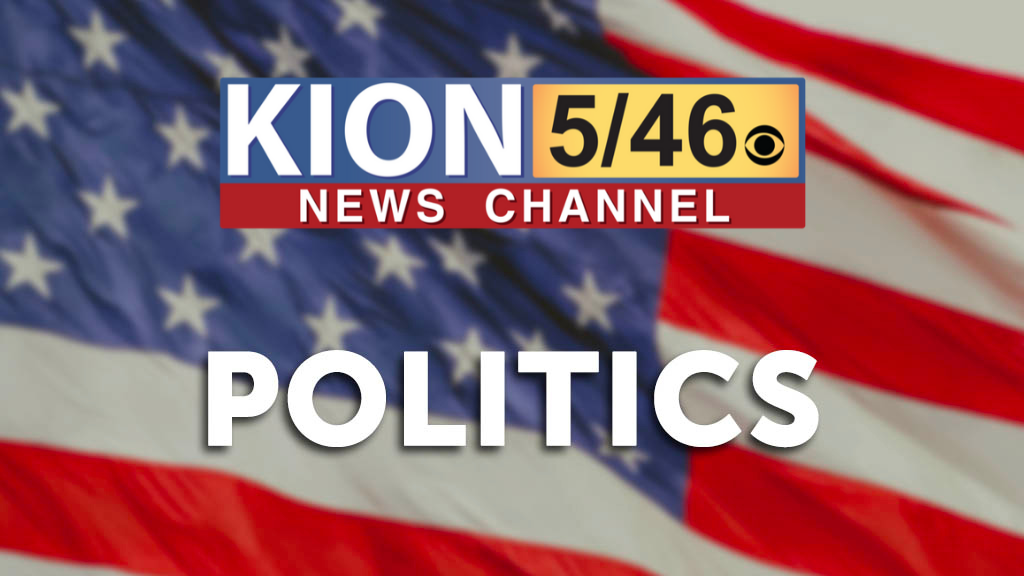Infrastructure timeline: What Congress will do next

By Lauren Fox, CNN
A bipartisan deal is clinched, but the marathon of negotiations over how to move not one but two infrastructure packages through Congress is just getting underway, testing Democratic unity, President Joe Biden’s leadership and Republicans’ resolve.
Bottom line: The announcement Thursday from the White House? That’s the starting line.
The next several weeks need to play out, but this is just the beginning with senators not set to return until after the July 4 holiday when they will have to navigate a two-pronged approach to infrastructure that is complicated and is already prompting some Republicans and progressives to harden their resistance.
The timeline
Senators will return the week of week of July 12 with a hefty to-do list to complete before they leave for their August recess. There are several steps to here and any one of the complicated pieces could push them off track and bring the entire process down.
- Right now the bipartisan bill is a series of ideas, but there isn’t legislative text. That bill needs to be written and sources tell CNN that process will begin during the recess and run for the next several weeks.
- On reconciliation, the first step is to pass a budget resolution. Majority Leader Chuck Schumer has instructed the Budget Committee to come up with a unity resolution that all the Democratic members of the caucus — which includes both Sens. Bernie Sanders of Vermont and Joe Manchin of West Virginia — can agree to by the time lawmakers return from recess.
- Once, a budget resolution and bipartisan bill are both written, the expectation is that Schumer will bring them both to the floor in July for a vote.
But, that’s just the beginning: During the August recess, the committees who have been instructed to write the Democratic-only infrastructure bill write their portions of the bill. They won’t be starting from scratch because many of them including Senate Finance Committee Chairman Ron Wyden, an Oregon Democrat, have been working for months already to write various portions of what could be included. Still, the timeline underscores the reality here that this is not going to be wrapped up in a matter of days or weeks but months. That’s a lot of time of members to sit with these plans, voice concerns but also harden opposition.
Pelosi signals need for separate reconciliation plan
One of the most significant announcements Thursday came from House Speaker Nancy Pelosi who said: “Let me be really clear on this: We will not take up a bill in the House until the Senate passes the bipartisan bill and a reconciliation bill. If there is no bipartisan bill, then we’ll just go when the Senate passes a reconciliation bill.”
In other words, the Senate is not going to jam the House here, get them to pass a bipartisan bill and then leave the rest of the Democrats’ wish list items behind. Pelosi made that quite clear.
That prompted pushback from Republicans like Majority Leader Mitch McConnell and South Carolina Republican Sen. Lindsey Graham who tweeted Thursday, “If reports are accurate that President Biden is refusing to sign a bipartisan deal unless reconciliation is also passed, that would be the ultimate deal breaker for me.”
Still, 11 Republicans have signed onto the bipartisan framework. The test will be if that coalition holds together over the next several weeks.
CORRECTION: An earlier version of this story misstated which Democratic members of the Senate were on the Budget Committee.
The-CNN-Wire
™ & © 2021 Cable News Network, Inc., a WarnerMedia Company. All rights reserved.